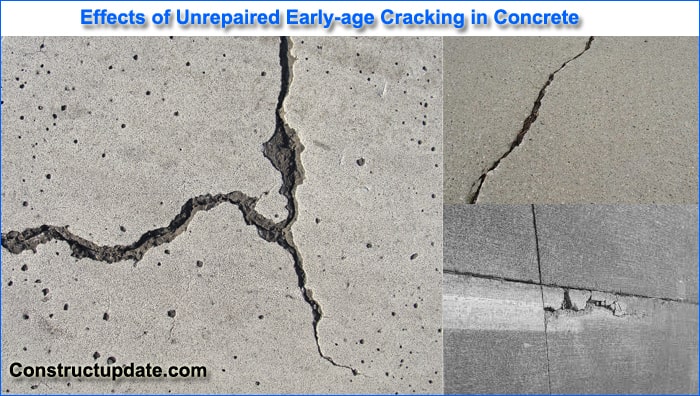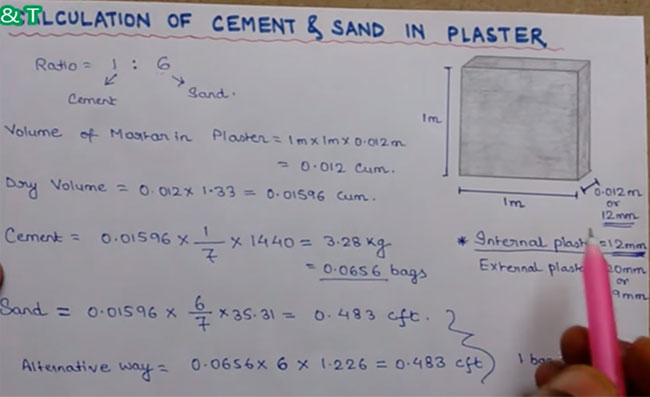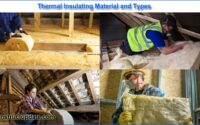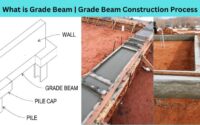Early-age unrepaired Cracking Effect in Concrete | Early-age Concrete Cracking Effect
Concrete buildings frequently experience cracking under real-world service conditions. In reality, it is quite difficult to locate concrete constructions that are free of cracks. Depending on the mix composition, exposure environment, hydration rate, and curing circumstances, concrete can experience early age cracking.
When choosing the best course of action to address the early-age cracking issue in concrete, it is crucial to properly understand the causes and effects of cracking.
This essay will assist in determining the main reasons for and effects of concrete cracking in its early years. This study will also be helpful for adopting appropriate corrective procedures to lessen or eliminate the problem of early-age cracking in concrete.
This study discusses several early-age fracture forms, variables influencing their start and growth, causes of early-age cracking, and modeling of early-age cracking. There are also several illustrations for various concrete early-age cracking issues that can be seen in various structural components.
Above all, suggestions are made for reducing concrete’s early-age cracking. The information presented in this paper is intended to help extend the useful life of concrete structures. The ideas presented in this study may be useful to concrete researchers and practitioners.

Effects of Early-age Cracking in Concrete Structures
- If early-age cracking is not promptly fixed, concrete surfaces will lose their attractive appearance.
- Long-term maintenance problems result from it.
- Early-age cracking may cause water to pool and allow the penetration of harmful compounds like sulphate, chloride, and carbonation if it is not adequately fixed.
- These dangerous compounds shorten the structure’s lifespan by causing corrosion in the steel reinforcing.
- Because of early-age cracking, the functionality of various concrete buildings, such as roofs and reservoirs, may be impacted over time.
- Early-age cracking in concrete reservoirs can cause leakage, which can reduce the structure’s bearing capacity and hasten fatigue collapse.
- Leakage harms building occupants as well as their belongings, including technological equipment.
- Early age cracking is completely forbidden in particularly functioning buildings since any leak could cause terrible mishaps.
- Storage facilities for radioactive and chemical waste, nuclear containment vessels, nuclear power plants, liquefied natural gas storage tanks, and waste disposal facilities are examples of special structures.
- Early-age cracks are typical in concrete pavements, sidewalks, and curbs and, if ignored, result in unsightly looks and expensive repair.
- When high early strength concrete is utilised for repair or overlay, early-age cracks form. This is due to the significant shrinkage this form of concrete endures. The overlay’s or repair work’s functionality could be jeopardised by these fissures.
- Because of the safety concerns, it causes public worry. Early-age fissures may not compromise the safety of the structure, according to designers and engineers, but residents may find this difficult to comprehend.
Discover the causes of early-age cracking and how to avoid it
When tensile forces from restricted shrinkage surpass the strength of the concrete, new slabs-on-ground will crack. Early concrete volume variations associated to dry shrinkage and heat contraction are what lead to this sort of early-age cracking, which appears within the first few days of the slab’s existence. The most popular technique for preventing early-age cracking is sawcut contraction joints; when fitted properly, cracking should take place in the joints.
Sawcut contraction joints manage the position of the cracking but do not prevent it. Joints need to be installed before shrinkage stresses exceed the concrete’s tensile strength, be the right depth, and have the right spacing in order to prevent cracking in the sawcut contraction joints. If not, out-of-joint cracking could happen. These unwelcome fractures, also known as “random cracks” or “uncontrolled cracks,” frequently necessitate expensive tear-outs and repairs for contractors.
Contractors must be aware of the mechanisms that lead to early-age shrinkage cracking in order to prevent random slab cracking and prevent these ugly and expensive fissures.
- Shrinkage and restraints
- Concrete strength and shrinkage stresses
- Joint sawing
- Joint depth and spacing




